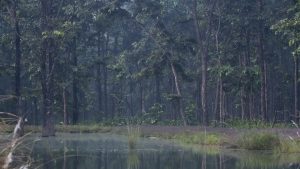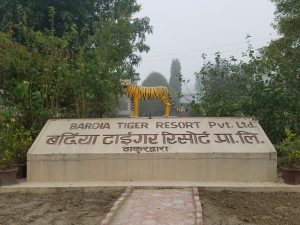- Home
- Nepal
- Day Tour
- Multi Day Tours
- Luxury Tours
- National Park Safari Tour
- Hiking
- Honeymoon Tours
- Religious Tour
- Trekking in Nepal
- Village Tours
- Adventure Tours
- Dinner with Cultural Show
- Places to see in Nepal
- General Information
- Bhutan
- India
- China
- Tibet
- 3 Days Beijing Tour
- 3 Days Shanghai Tour
- 4 Days Classic Beijing Tour
- 8 Days Glimpse of China-Beijing/Xian/Shanghai
- Multi Country
- Other Countries
- Flight
- Car Rental
- Hotel
- About Us
Translate
PIGEON TRAVEL & TOURS PVT. LTD.
Latest News
- Annapurna Base Camp trail closed until Oct 31, 2025
- Nepal – A Safe and Welcoming Destination for Travelers
- Air India Express begins daily direct flights from Kathmandu to Bengaluru
- TIA to operate for 16 hours daily from 01 Feb 2025
- Kathmandu International Airport (KTM) closed for 10 hrs due to runway extension work
- India Offers Free 30-Day e-Tourist Visa for Thai Nationals
- 7 places in Nepal you should visit in 2024
- China to waive visa fees for Nepali nationals
- Electronic Travel Authorization(ETA) for Nepal Tourist Visa
- Chinese tourists can now use mobile pay in Nepal
- COVID-19 vaccination no longer mandatory for air travel to Nepal
- Pokhara International Airport in Nepal Inaugurated
- International passengers no longer required to submit Air Suvidha on arrival in India-from-22-nov-2022
- President Bhandari performs special puja at Muktinath
- Bhutan to reopen its border to tourists from 23rd September
- No PCR Test required for Nepal for Fully Vaccinated Tourist
- India is opening its International flights from 27th March 2022
- Germany Lifts Ban On Tourists From Nepal And Other Four Countries
- NRN with Family Are Allowed to arrive without Visa in Nepal
- International and domestic flights to resume starting August 17,2020 in Nepal
- Nepal gradually eases COVID-19 lockdown restrictions but Flights are still suspended till 5th Jul 2020.
- Lock down to continue, cabinet decides to extend term till May 18, 2020
- Extend the lock down until May 7,2020 in Nepal.
- Suspension of All Domestic & International Commercial Flight in Nepal till 30th Apr 2020
- Bhutan Tourism News Updates 08 Mar 2020
- Updates of Annapurna Base Camp Trek
- Turkish Airlines Signs Codeshare Agreement with Kuwait Airways
- Himalaya Airlines announces direct flights to Dhaka
- Kathmandu Airport Resume 21-hour operation from July 2019
- Kathmandu Airport Shutdown from 10 PM to 8 AM daily for 3 months from 1st Apr 2019.
- Kathmandu Airport KTM to remain shut for 10 hours daily from Monday 1st Apr 2019
- Karnali River: a boon not harnessed by Prof. Dr Prem Sharma
- Nepal Airlines to fly non-stop to Osaka from the end of March 2019
- Nepal, Cambodia sign maiden air service pact
- The first international Tripitaka recitation program has begun in Lumbini
- Bajhang Airport to be re-operated a decade after, following a successful test landing
- Tribhuvan International Airport declares NOTAM to secure VVIP flights movement
- 15% Discount to the Senior Citizen
- Nepal Tourism Board (NTB) promotes Nepal in India’s key cities
- Nepal Tourism entrepreneurs joins hands to attract foreign tourists in Annapurna
- Tourism fraternity baulk at target of two million annual tourists by 2020
- China-assisted International airport in Nepal to attract more tourists, business opportunities
- New Zealand to help Nepal re-measure Mt Everest
- Thai Lion Air begins Nepal flights
- Lonely Planet names Lumbini as Asia’s best destination for 2018
- Nepal airlines 2nd Airbus A300-200 arrives today
- Beijing 72-hour visa-free transit policy
- Brothers on world bicycle tour to protect environment, fight HIV/AIDS
- Nepal Airlines to fly to Dubai three times a week starting tomorrow
Reg. No. Dept. of Tourism,Nepal.Estd. 1999
-
Call us now +977 9851360556
-
Email us at sales@pigeontravels.com



